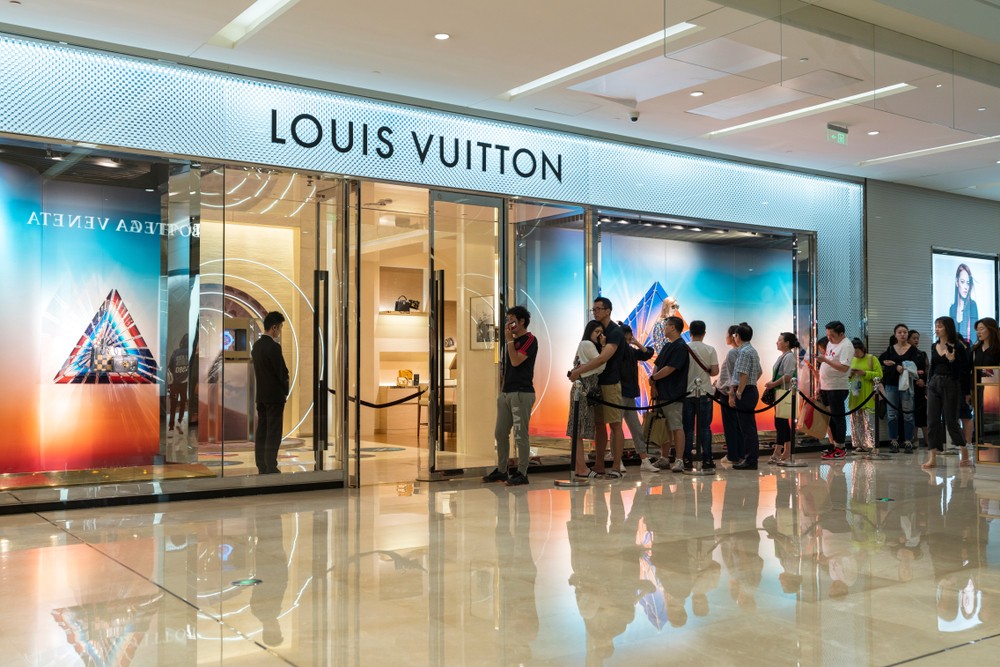Travel retail is very keen on talking about “big spenders”. For a long time, luxury brands – and other stakeholders – have relied on high-spending individuals to deliver high spend and increase basket size.
Of course, the pandemic has changed that. The Chinese shoppers, who were the definition of “big spenders” are currently not travelling and many within the market are trying to work out how and where to recover that spending power.
There has been some success. The Russians have been increasingly discussed as a solution (among others) and at the recent TFWA Luxury Fashion webinar, Gebr Heinemann highlighted strong spend from Russian travellers as a driving force behind impressive results at Istanbul Airport.
But recent tragic and horrendous events in Ukraine may well dampen the number of Russian travellers in the market for the immediate future – as well as the spending power of those who do make an international trip.
Recent changes have exposed a gaping hole at the centre of the travel retail model. There is an over-reliance on a few high-spending shoppers to keep revenues high and results positive
These changes expose a gaping hole at the centre of the travel retail model. There is an over-reliance on a few high-spending shoppers to keep revenues high and results positive, while papering over the cracks in the wider business model and offer across travel retail.
Now is the time to redress that.
The travel retail sector as a whole needs to look beyond big wins and high-spending groups to create a reliable market which appeals around the world.

We also need a wider view of how to engage travel retail shoppers. There is much more to this market than the Chinese and Russian travellers. The speed of domestic travel recovery and luxury spend in the US in the wake of the pandemic demonstrates the enduring power there. Countries such as Vietnam and India also boast immense potential for creating both flourishing markets and enthusiastic shoppers.
Going domestic
We can all see that the domestic market is going to be king for the immediate future. The latest IATA figures suggest that travel will not recover until 2024 and international travel until 2025, so it is time to cast the net wider than traditional customers. The US and locations with strong local travel links such as the EU will provide fertile opportunities. Larger scale international recovery is harder to predict and will evolve based on Governmental decisions and restrictions which are hard to accurately predict.
Faced with this, we now more than ever must work to create a travel retail market which becomes a part of both the whole travel experience and a wider, holistic retail experience. Travel retail must become something that travellers can dip into as they pass through. Stores must attempt to bring the brands’ online experience to life for shoppers to seize in a moment and move on. The aim must be less to take shoppers out of their travels and more to seamlessly fit into them.
Flexibility is key; the retail offer must be all things to all travellers and that means we must all be able to adapt
A lot of what is required here has been spoken about endlessly: creating experience, perfecting the product mix, engaging shoppers from the moment they book etc
Flexibility is key in making these discussions a reality. The retail offer must be all things to all travellers and that means we must all be able to adapt.
Shoppers will continue to change and the world will continue to create new challenges. If the past two years has taught us anything it is that a rigid structure relying on a few groups to hide its shortcomings is not sustainable. The future must be created now.



